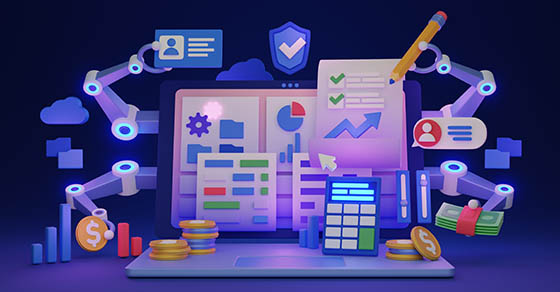New itemized deduction limitation will affect high-income individuals next year
Beginning in 2026, taxpayers in the top federal income tax bracket will see their itemized deductions reduced. If you’re at risk, there are steps you can take before the end of 2025 to help mitigate the negative impact.
The new limitation up close
Before the Tax Cuts and Jobs Act (TCJA), certain itemized deductions of high-income taxpayers were reduced, generally by 3% of the amount by which their adjusted gross income exceeded a specific threshold. For 2018 through 2025, the TCJA eliminated that limitation. The One Big Beautiful Bill Act (OBBBA) makes that elimination permanent, but it puts in place a new limitation for taxpayers in the 37% federal income tax bracket.
Specifically, for 2026 and beyond, allowable itemized deductions for individuals in the 37% bracket will be reduced by the lesser of: 1) 2/37 times the amount of otherwise allowable itemized deductions or 2) 2/37 times the amount of taxable income (before considering those deductions) in excess of the applicable threshold for the 37% tax bracket.
For 2026, the 37% bracket starts when taxable income exceeds $640,600 for singles and heads of households, $768,700 for married couples filing jointly, and $384,350 for married taxpayers filing separately.
Generally, the limitation will mean that the tax benefit from itemized deductions for taxpayers in the 37% bracket will be as if they were in the 35% bracket.
Some examples
The reduction calculation is not so easy to understand. Here are some examples to illustrate how it works:
Example 1: You have $37,000 of otherwise allowable itemized deductions in 2026. Before considering those deductions, your taxable income exceeds the threshold for the 37% federal income tax bracket by $37,000.
Your otherwise allowable itemized deductions will be reduced by $2,000 (2/37 × $37,000). So, your allowable itemized deductions will be $35,000 ($37,000 − $2,000). That amount will deliver a tax benefit of $12,950 (37% × $35,000), which is 35% of $37,000.
Example 2: You have $100,000 of otherwise allowable itemized deductions in 2026. Before considering those deductions, your taxable income exceeds the threshold for the 37% bracket by $1 million.
Your otherwise allowable itemized deductions will be reduced by $5,405 (2/37 × $100,000). So, your allowable itemized deductions will be $94,595 ($100,000 − $5,405). That amount will deliver a tax benefit of $35,000 (37% × $94,595), which is 35% of $100,000.
Tax planning tips
Do you expect to be in the 37% bracket in 2026? Because the new limitation doesn’t apply in 2025, you have a unique opportunity to preserve itemized deductions by accelerating deductible expenses into 2025.
For example, make large charitable contributions this year instead of next. If you aren’t already maxing out your state and local tax (SALT) deduction, you may be able to pay state and local property tax bills in 2025 instead of 2026. And if your medical expenses are already close to or above the 7.5% of adjusted gross income threshold for that deduction, consider bunching additional medical expenses into 2025.
In addition, there are steps you can take next year to avoid or minimize the impact of the itemized deduction reduction. These will involve minimizing the 2026 taxable income that falls into the 37% bracket (or even keeping your income below the 37% tax bracket threshold). There are several potential ways to do this. For instance:
- Recognize capital losses from securities held in taxable brokerage accounts.
- Make bigger deductible retirement plan contributions.
- Put off Roth conversions that would add to your taxable income.
If you own an interest in a pass-through business entity (such as a partnership, S corporation or, generally, a limited liability company) or run a sole-proprietorship business, you may be able to take steps to reduce your 2026 taxable income from the business.
Will you be affected?
If you expect your 2026 income will be high enough that you’ll be affected by the new itemized deduction limitation, contact us. We’ll work with you to determine strategies to minimize its impact to the extent possible.




